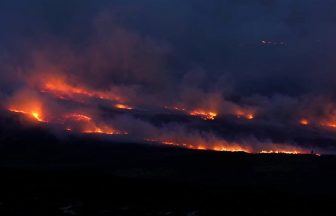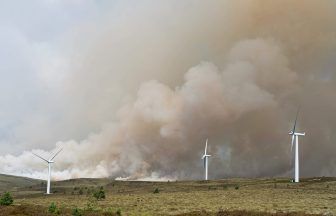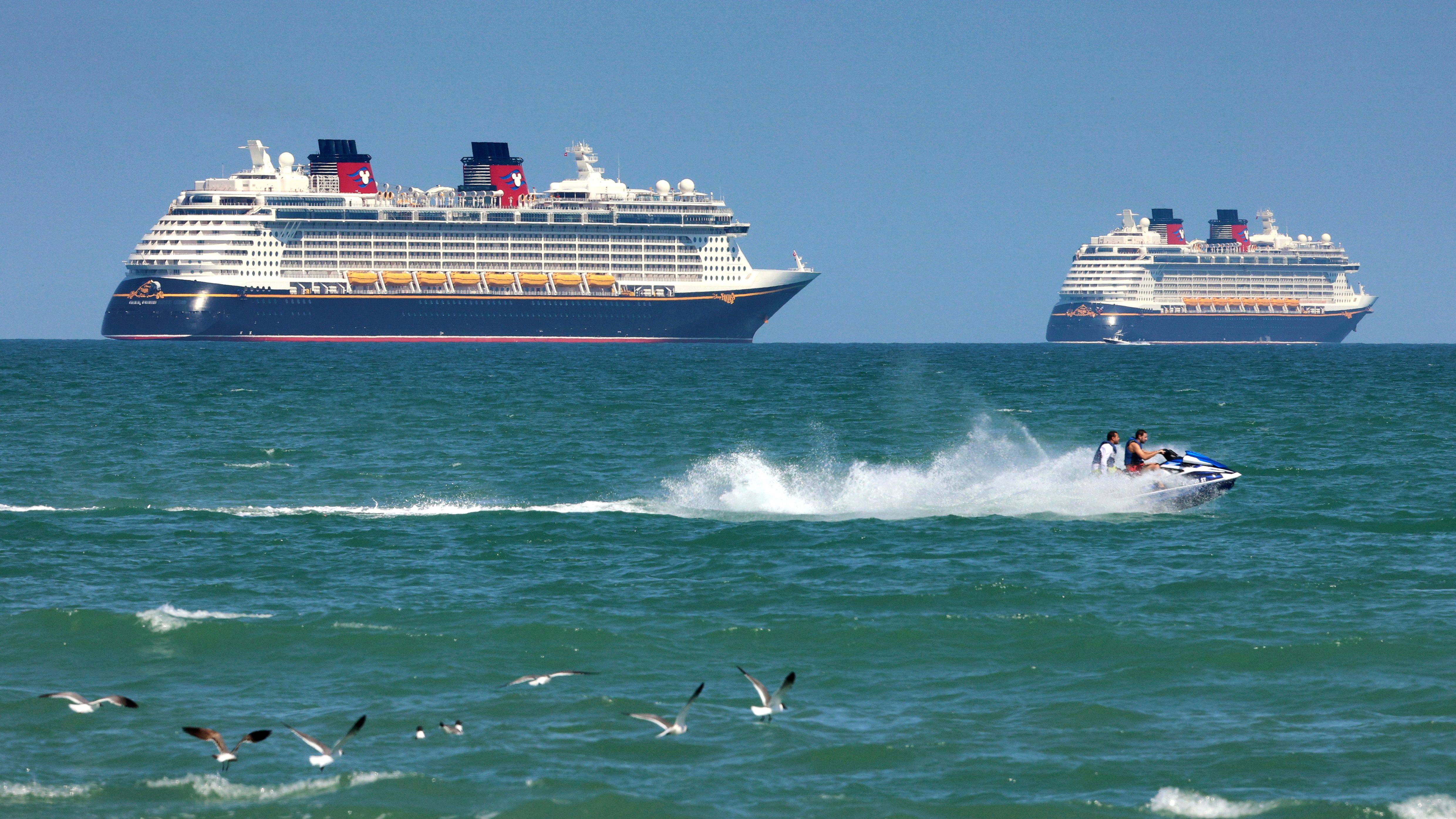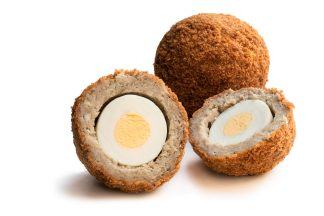Butter dating back 2500 years has been found at the bottom of a loch in Perth and Kinross.
Traces of dairy matter were found preserved inside a wooden butter dish, made by an Iron Age community.
The wooden dish was discovered by archaeologists at the bottom of Loch Tay, where at least 17 crannogs, or Iron Age wooden houses, once stood.
Built from alder with a lifespan of around 20 years, the structures simply collapsed into the loch once they had served their purpose, taking the objects inside with them.
The crannogs were considered high-status sites which offered good security as well as easy access to trading routes along the Tay and into the North Sea.
Follow STV News on WhatsApp
Scan the QR code on your mobile device for all the latest news from around the country
























